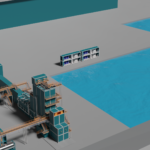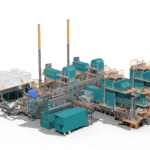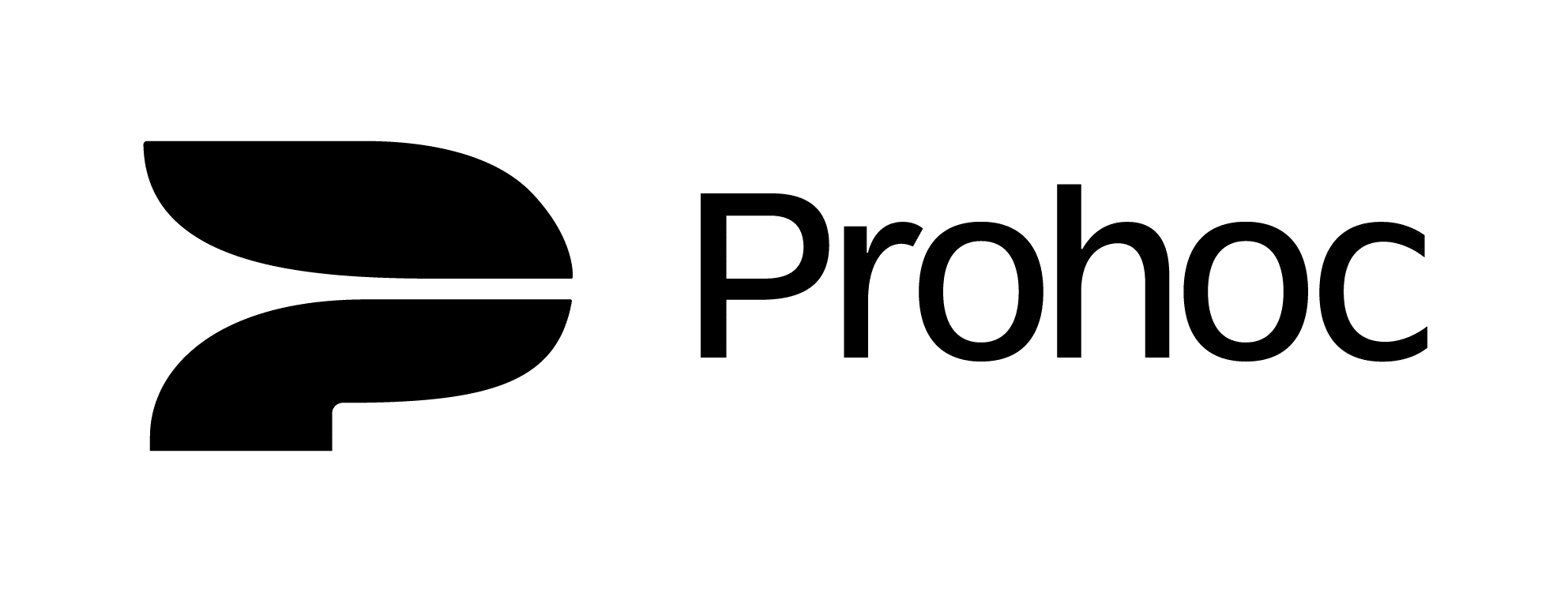Generating Power using the 112 ha of Previously Landfilled Waste
The capital of Indonesia, the megacity of Jakarta, is inhabited by over 35 million people in the metropolitan area and it balances precariously on the edge of a waste crisis. Jakarta produces well over 15,000 tons of waste daily, and most of it is sent to Bantar Gebang, a landfill south-east of Jakarta in the Bekasi district. It started operating in 1989, where the area in Bekasi consisted of housings and rice fields. The landfill has grown rapidly, as the population of Jakarta has increased along with its consumption, and Bantar Gebang is now one of the largest landfills in Asia.
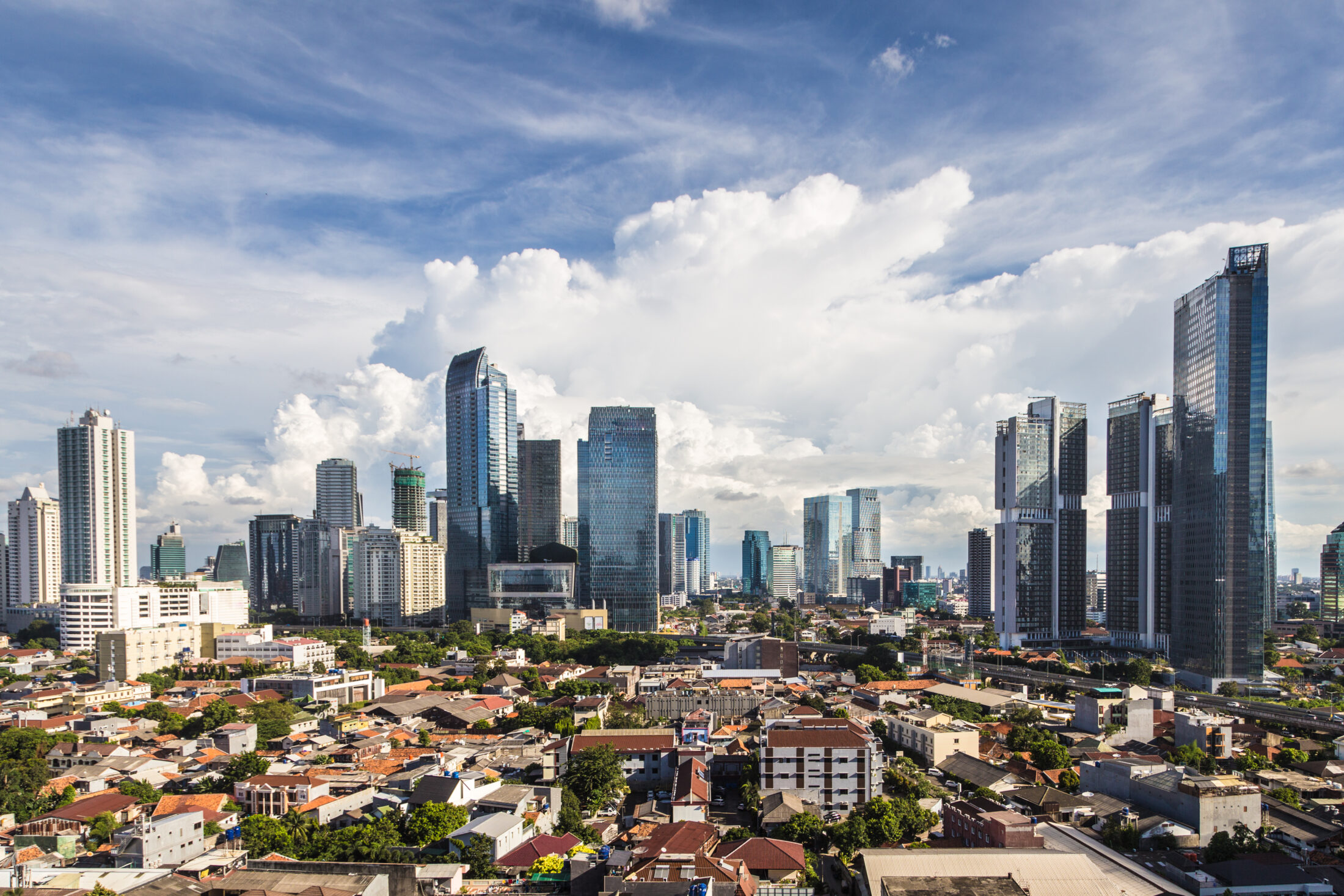
Today, Bantar Gebang is the size of well over 100 hectares, equal to 200 football fields, and more than 3,000 families live within its footprint. Most of these residents work in sorting and collecting metals, electronics, and plastics from the landfill, and make a living by selling on the materials. Trucks from the capital load around 9,000 tons of waste at the landfill every single day, and the volume of garbage at the dumpsite has reached 45 million tons with a height of over 50 meters.
Trash processing in many Indonesian cities is still largely manual, relying on communities of waste pickers. But the work is dangerous, pays badly and offers no safety net. Landslides often occur at such sites. The Bantar Gebang landfill has also taken lives. In 2006, three scavengers were killed, and several others injured in a landslide. The Jakarta government is racing against time to come up with solutions. In July last year, it banned single-use plastic bags, forcing store owners to provide environmentally friendly and reusable shopping bags.
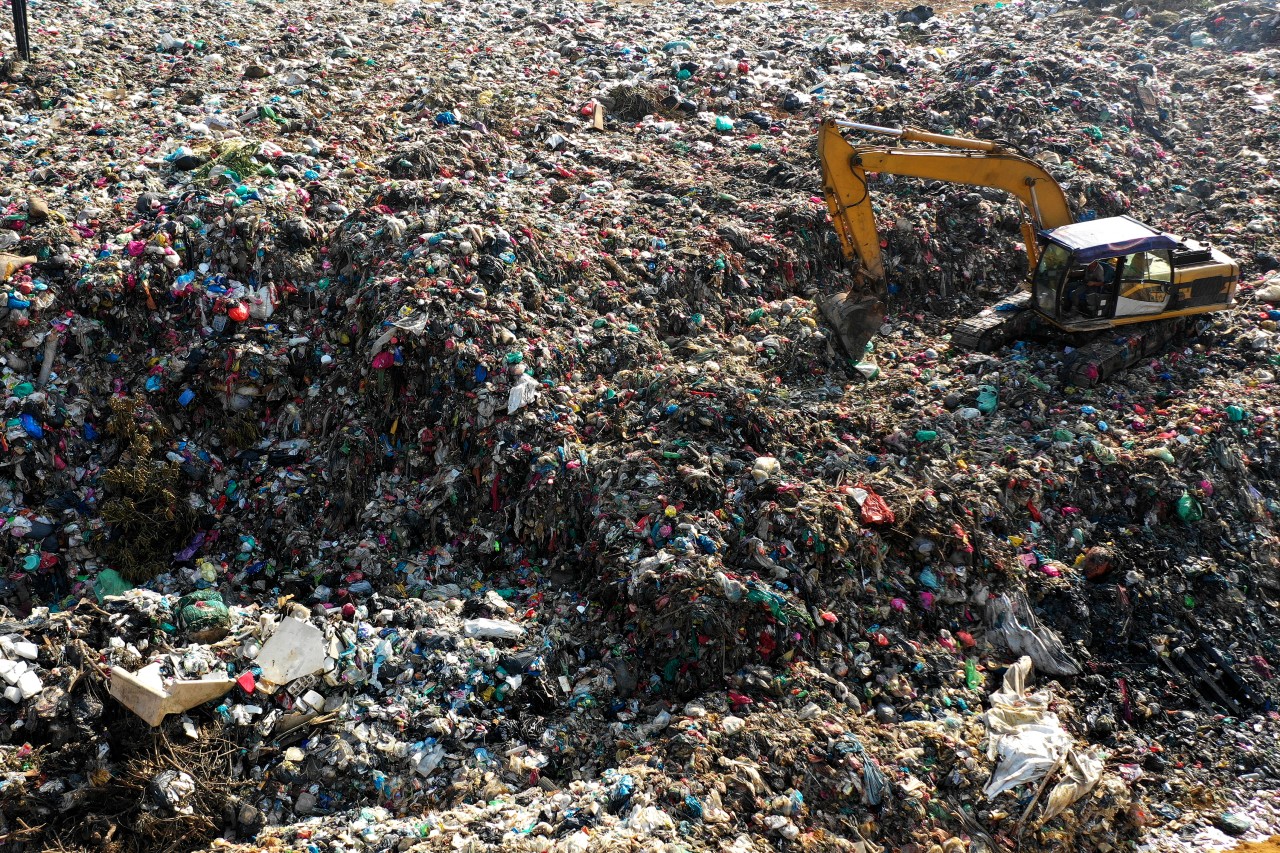
The waste fuel deposited at the landfill contains approximately 180,000 TJ of energy. This equals over seven million tons of coal or close to five million cubic meters of light fuel oil (LFO). It also equals the energy in the crude oil produced in Indonesia in 50 days. Comparing it to energy consumption, the average electricity consumption per capita in Indonesia is 1,123 kWh per annum. Thus, assuming a 25 % conversion rate of waste fuel to electricity, the waste landfilled in Bantar Gebang could power the city of Jakarta for over one year. Naturally, new waste is being generated continuously and utilizing it in power generation would cover roughly 10 % of the local power demand in Jakarta.
Landfills and dumpsites are typically located far away from population centres. As long as the waste sorting and dumping / landfilling is “invisible”, only a few people are bothered by it. Only illustrating the amount of landfilled waste helps people realize the enormity of the problem. In Jakarta, the landfilled waste in Bantar Gebang fills up a hemisphere with a 300m radius. This is enough waste to fully cover the Gelora Bung Carno Sports Complex in the city centre.
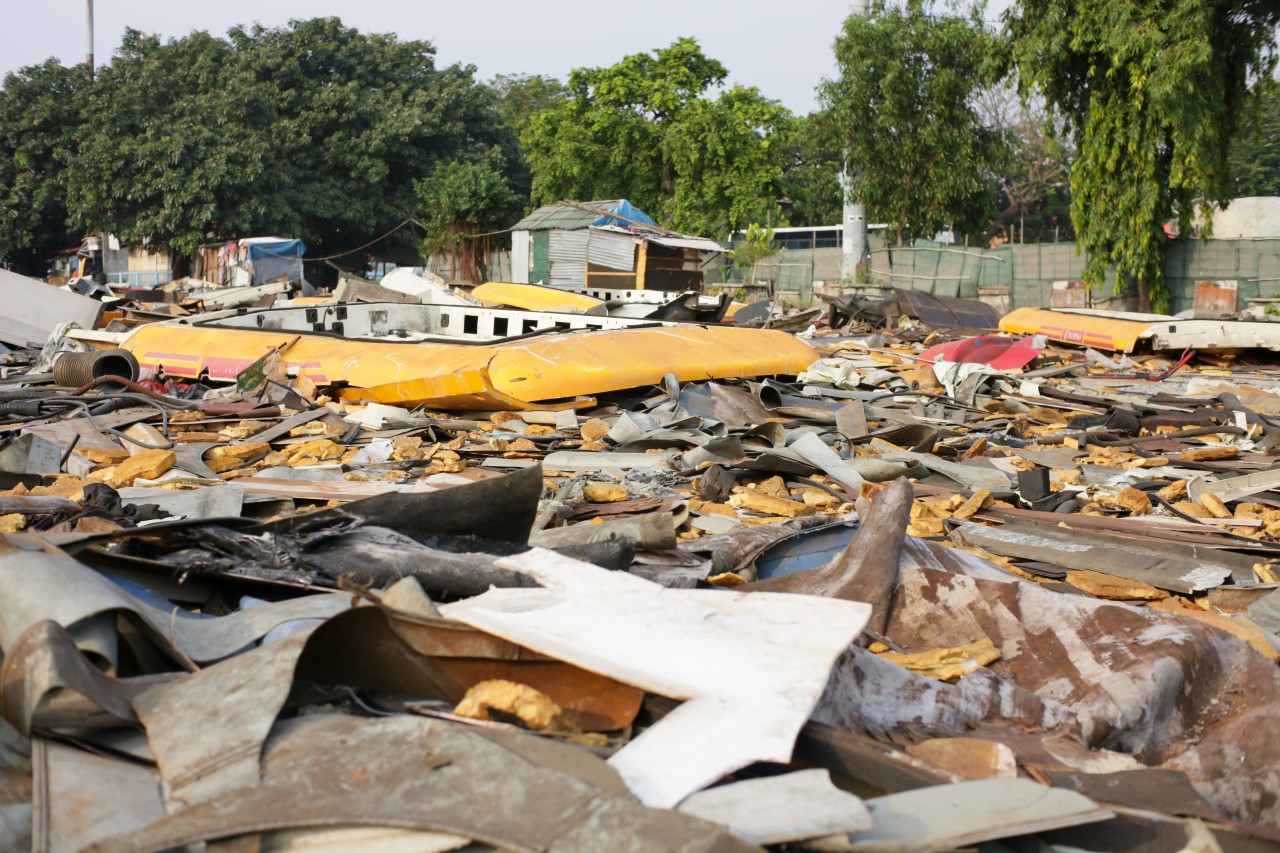
Landfill-mining is a relatively straight-forward process. Excavators and other standard mining equipment are used to dig into the existing landfill. The waste material is fed to sorting machinery, where non-combustibles (decomposed biomaterial, soil, gravel etc.) and recyclables such as metals and glass are separated. The remaining waste, consisting mostly of wood-based materials, plastics, and textiles, is fed to the wasteWOIMA® waste-to-energy power plant and incinerated for energy. This can be in the form of thermal energy (heating or cooling), electricity or a combination of both utilized by local people and industries.
Our offering to landfill-mining, the wasteWOIMA® WtE plant, is a robust solution for combusting different waste streams, including landfill-mined waste, to energy. A single boiler island (WOIMAline) wasteWOIMA® plant used roughly 40,000 to 50,000 tons (~100,000 to 200,000 m3) of waste fuel freeing about one acre to one hectare of land per annum. Several WOIMAlines can be integrated to create a larger power plant. Once all the waste at the landfill has been used, the modular plant can be dismantled and relocated elsewhere. The earlier separated soil and clean bottom ash resulting from the incineration process can then be used to landscape the former landfill area.
Follow our blog series on landfill-mining as we travel through some of the world’s largest landfills and dumpsites and asses their power generation potential.
Read more about our landfill-mining solution below:
RELOCATING THE POWER PLANT WITH EASE
Read more about our carbon-neutral waste-to-energy solutions below:
Read more about us at www.woimacorporation.com
WOIMA Corporation is a Finnish supplier of best-in-class waste-to-value products, projects and services worldwide. We have developed solutions that enable us, and the customer, to transform and recycle virtually any waste stream into raw materials and energy. At WOIMA we combine Finnish engineering know-how in waste management with power generation design expertise. These solutions are used in Finland every day. They support the circular economy ideology and ensure that less than 1% of Finland’s waste ends up in landfills.
Our mission is to improve quality of life both locally and globally, as well as empower people to utilize waste as a commodity. Our decades of international project management experience ensure an on-time, in-budget and high-quality WOIMA solution delivery across the globe.

